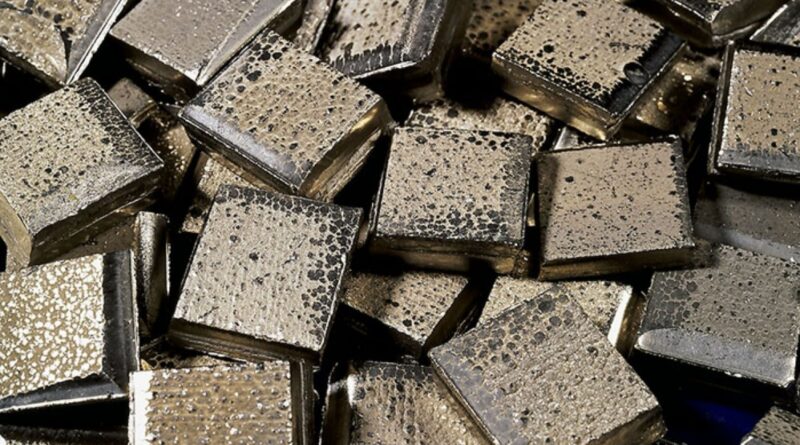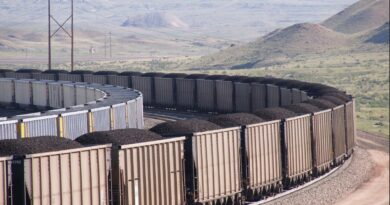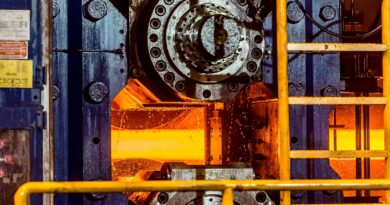Tanzania leads Africa in nickel projects
With battery-grade nickel to remain in a deficit, its wealth of nickel deposits will position Africa to benefit from an uptrend in prices in the coming years. African nickel production will rise in the coming years, with South Africa and Tanzania to benefit the most.
At present, most of Africa’s nickel mining occurs in Botswana, Zimbabwe and South Africa. In the latter two countries, nickel is most commonly mined as a by-product of platinum-group elements (PGM).
The boom in nickel demand for batteries, and accompanied increase in prices has already begun to renew interest in the subsector. In April 2019, Mabiza Resources and Consolidated Nickel Mines resumed operations at the Munali nickel mine in Zambia. It was previously placed on care and maintenance in 2011 due to a low price environment and poor performance.
Fitch Solutions highlights the development of the Kabanga Nickel project as upside potential to future developments of untapped reserves present in the east Africa nickel belt (EANB). On January 19, 2021, UK mining firm Kabanga Nickel signed an agreement to develop what is currently the largest global deposit of battery-grade nickel-sulphide through a joint-venture with the Tanzanian government. Tanzania leads the region in relation to nickel development projects, with four new projects according to our proprietary Global Mines database.
A high amount of nickel sulphide and potential access to value-added processing will further support Africa’s capacity to supply the battery industry. The EANB’s nickel sulphide resource base gives the region a key advantage comparative to Indonesia, the dominant global nickel miner at present.
Africa boasts significant resources of both nickel sulphide and laterite ore, whereas Indonesia lacks the former. While laterite ores can also be converted into battery-grade nickel, nickel sulphide can be much more easily processed through traditional mining methods followed by smelting and refining.
The ease of processing also signifies that nickel processing utilising African sulphide deposits would be less energy intensive, and thus more sustainable, enhancing the investment appeal for ESG-conscious Western producers along the battery value-chain.
Indonesian laterite ores require energy-intensive processing such as high-pressure acid leaching (HPAL), which carries environmental concerns particularly about its waste disposal methods.
The commencement of production at Thakadu Battery Materials USD20mn nickel sulphate refinery in South Africa introduces Africa into value-added processing activities. Thakadu began production in March 2021, and aims to produce 16kt per annum (pa) in 2021, later ramping up to a steady state of 25ktpa, sourcing predominantly from Sibanye-Stillwater‘s operations.
South Africa is well-positioned to provide downstream processing for battery-grade nickel, benefiting from a higher mining risk reward index (RRI) score comparative to riskier jurisdictions in the region.
In addition, South Africa’s strong potential for green hydrogen production, could result in a more sustainable nickel sulphide smelting process in the future. South Africa ranks the highest in SSA on Fitch power team’s Hydrogen Index which assesses the suitability of a market for the development of a green hydrogen industry. South Africa ranks 42nd out of 117 rank countries, and benefits from being the SSA’s most industrialised economy while also having the largest installed non-hydroelectric renewables capacity base.




